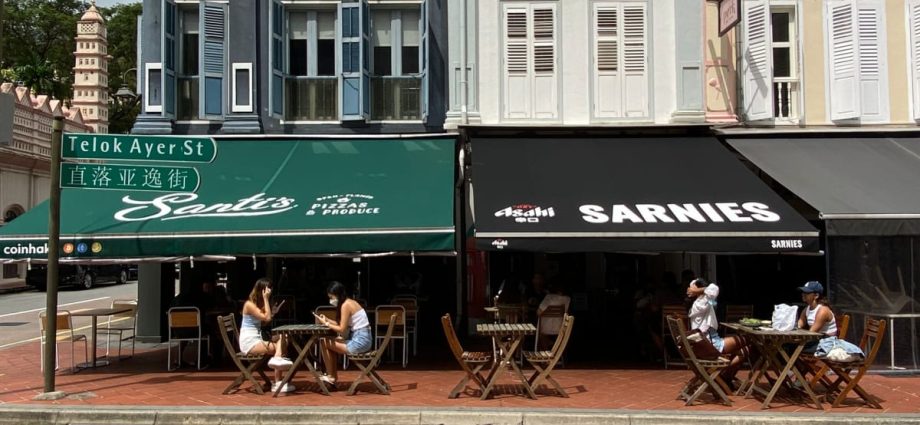
COOLING THE COUNTRY DOWN
The phenomenon where built-up areas tend to be warmer than rural or heartland areas is known as the Urban Heat Island Effect.
To counter this, design elements that cool buildings, like increased tree canopy cover or reflective roofs may help, said Dr Shawn Lum from the Nanyang Technological University (NTU).
“Many parts of the city, including some that are maybe more prone to absorbing and radiating heat – you can’t just tear them down and rebuild,” said Dr Lum, a senior lecturer at NTU’s Asian School of the Environment.
Instead, buildings may need to be retrofitted, he said.
“Paints or some kind of cladding that either reflect or somehow just shield the buildings and keep them from absorbing too much sunlight can be done but they might be costly,” he said.
Change in some norms may also help, Dr Lum added.
This includes dressing comfortably for the heat and getting used to slightly higher temperatures indoors so that air conditioning, which generates heat in the environment, does not have to be set too low.
ONGOING EFFORTS
Singapore is already making efforts to tamper the heat, said Mr Tony Chan, Arup’s associate principal for Cities and Planning in Singapore. As part of the Singapore Green Plan 2030, the government is conducting a digital urban climate study, he noted.
“(It) all adds to the body of knowledge to help us implement strategies moving forward in terms of mitigating against heat,” he told CNA’s Singapore Tonight.

